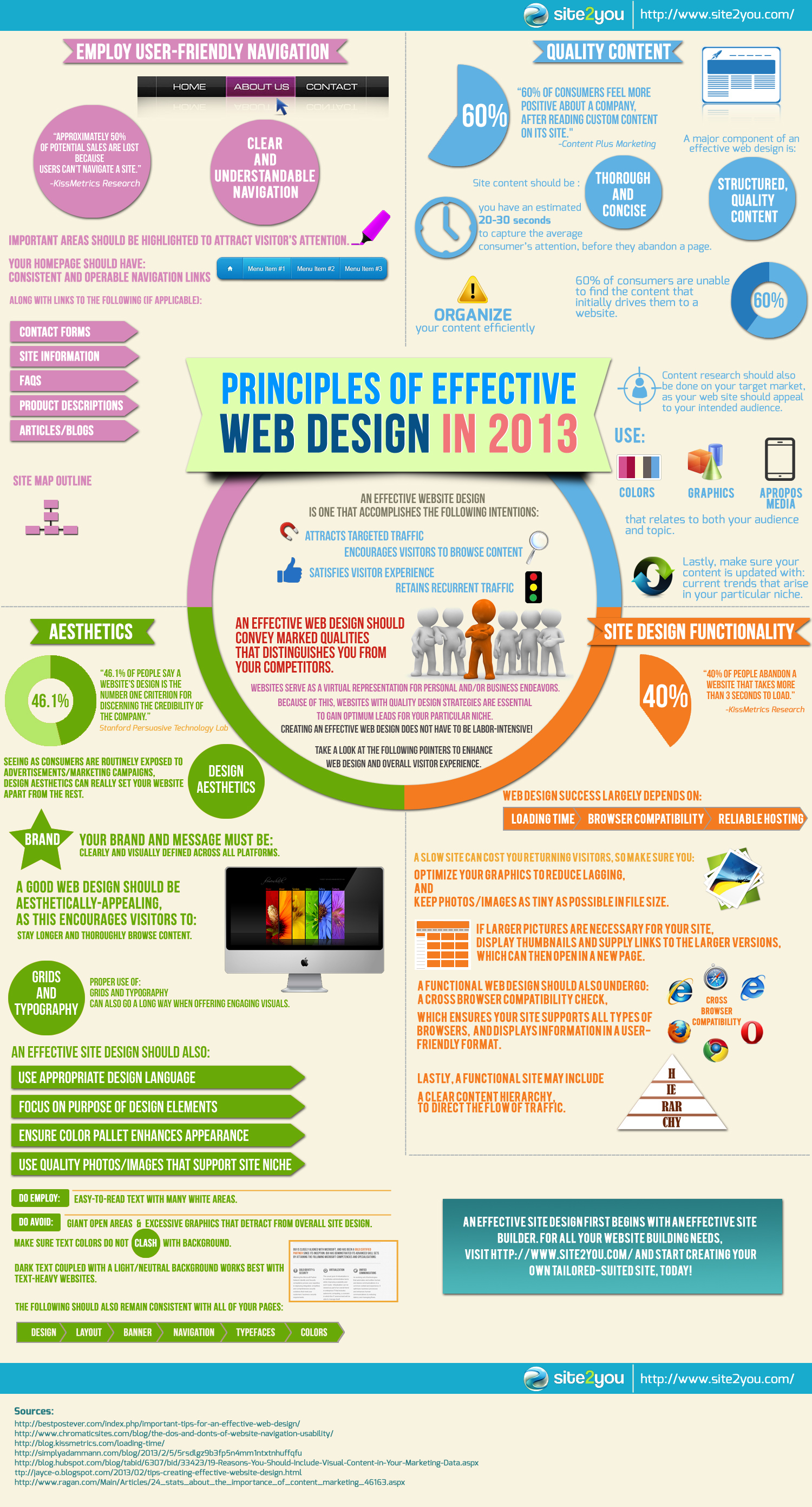Fascinated In Discovering Exactly How Site Design Has Evolved? Take A Journey With The Makeover
Fascinated In Discovering Exactly How Site Design Has Evolved? Take A Journey With The Makeover
Blog Article
Short Article Writer-Johnsen Peters
In the past, web sites were easy and focused on information. Navigating was straight, and design was for desktop computers. Currently, user experience is essential. Information guides styles for easy navigation. Responsive layouts match different gadgets. Today, dark mode lowers pressure, and minimalist food selections boost navigation. Interactive functions engage customers, and strong visuals attract attention. webpage improves involvement. See just how layout has evolved to enhance your on-line journey.
Early Days of Website Design
In the very early days of website design, simplicity preponderated. Sites were fundamental, with limited shades, typefaces, and designs. The emphasis was on giving details instead of showy visuals. Users accessed the net with slow-moving dial-up connections, so speed and capability were essential.
Navigation food selections were straightforward, normally situated on top or side of the web page. Internet sites were developed for home computer, as mobile surfing wasn't yet widespread. Material was king, and designers focused on very easy readability over complicated layout components.
HTML was the primary coding language used, and designers had to function within its constraints. Animations and interactive attributes were minimal compared to today's requirements. Internet sites were fixed, with little dynamic web content or tailored user experiences.
Rise of User-Focused Style
With the evolution of web site style, a change in the direction of user-focused style principles has actually come to be increasingly noticeable. Today, developing websites that focus on user experience is vital for involving site visitors and attaining service goals. User-focused style includes comprehending the demands, choices, and actions of your target market to customize the website's format, web content, and includes accordingly.
Developers currently carry out detailed study, such as customer studies and use testing, to collect understandings and responses directly from individuals. This data-driven strategy assists in developing intuitive navigating, clear calls-to-action, and aesthetically attractive interfaces that resonate with visitors. By placing the customer at the center of the design process, web sites can provide a much more tailored and delightful experience.
Responsive layout has actually additionally emerged as a crucial element of user-focused style, guaranteeing that internet sites are enhanced for various devices and screen sizes. This versatility improves ease of access and use, accommodating the diverse means individuals communicate with internet sites today. Fundamentally, the surge of user-focused design indicates a shift in the direction of producing electronic experiences that prioritize the demands and assumptions of completion individual.
Modern Trends in Website Design
Discover the most up to date fads forming web design today. One famous pattern is dark mode layout, providing a streamlined and modern appearance while minimizing eye stress in low-light atmospheres. One more vital trend is minimal navigation, simplifying food selections and improving individual experience by concentrating on essential elements. Incorporating micro-interactions, such as animated switches or scrolling effects, can develop a more engaging and interactive web site. Receptive layout continues to be critical, ensuring seamless individual experiences throughout various devices. In addition, using vibrant typography and unbalanced designs can add aesthetic interest and accentuate specific content.
Incorporating AI modern technology, like chatbots for customer support or individualized recommendations, boosts user engagement and streamlines procedures. Access has also come to be a substantial pattern, with developers prioritizing inclusive design practices to deal with varied user needs. Accepting sustainability by enhancing website efficiency for speed and performance is an additional emerging trend in website design. Leads with user responses and information analytics to repeat and boost design constantly is crucial for remaining relevant in the ever-evolving digital landscape. By embracing these modern fads, you can develop a visually enticing, straightforward internet site that reverberates with your target market.
Conclusion
As you review the evolution of web site style from the early days to currently, you can see exactly how user-focused design has come to be the driving force behind contemporary fads.
Accept the journey of adjustment and adaptation in website design, constantly keeping the user experience at the forefront.
Keep existing with the current trends and innovations, and never ever stop advancing your technique to develop aesthetically spectacular and straightforward internet sites.
Progress, adjust, and develop - the future of website design is in your hands.
